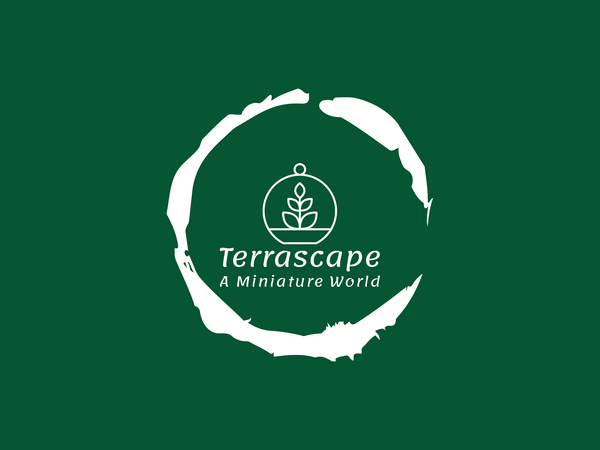TERRARIUM Q&A
What is a closed terrarium?
A closed terrarium is a small, sealed container with plants inside. It creates a self-sustaining ecosystem, making it easy to care for and perfect for bringing a bit of nature indoors.
How do they work?
Closed terrariums function like tiny, sealed ecosystems. The container is closed to the outside environment, creating a mini greenhouse effect. Inside, plants release moisture through a process called transpiration. This moisture then condenses on the walls of the container and falls back to the soil, essentially creating a self-watering system. The closed environment reduces the need for frequent watering and creates a balanced, low-maintenance habitat for the plants to flourish. It's a simple and efficient way to enjoy a bit of nature indoors.
Where is the ideal location to place my terrarium?
Place your terrarium in a location with indirect or filtered sunlight. Avoid direct sunlight, as it can create excessive heat within the sealed environment. An ideal spot could be near a window with sheer curtains or in a room with bright, but indirect light. Regularly assess the temperature and humidity levels to ensure a comfortable environment for the enclosed plants.
Do closed terrariums require air circulation?
Yes. In closed terrariums, the air is enclosed. Plants inside the terrarium recycle this air—during the day, they utilize carbon dioxide and light to create oxygen and sugars through photosynthesis, and at night, they use oxygen and produce carbon dioxide. It's a continuous cycle that helps maintain a balanced environment within the closed terrarium.What should be done if the terrarium container becomes foggy?
When the terrarium and the room it's in have different temperatures, you might observe fog forming on the container walls due to condensation – a normal part of the mini water cycle inside. However, if you notice water drops running down the walls, it suggests excess moisture. In this case, simply remove the lid for a couple of hours to allow some moisture to evaporate, then put it back on.What is the lifespan of closed terrariums?
What are the key factors for ensuring the long-term sustainability of closed terrariums?
How challenging is it to care for closed terrariums?
What should be done if the terrarium shows signs of mold?
If you experience white mold in your terrarium, chances are the water inside it might be too abundant. First thing you need to do is removing the lid off for a few days to promote air circulation and reduce humidity, following you can use a cotton swab dipped in water to remove any mold covering the plants. If you find it difficult to remove mold from some plants, you might want to just trim or remove the plants from the terrarium.
Is fertilizer necessary for terrariums?
In a terrarium, where controlled and slow plant growth is preferred, the limited nutrients present in the soil layer are generally sufficient.
